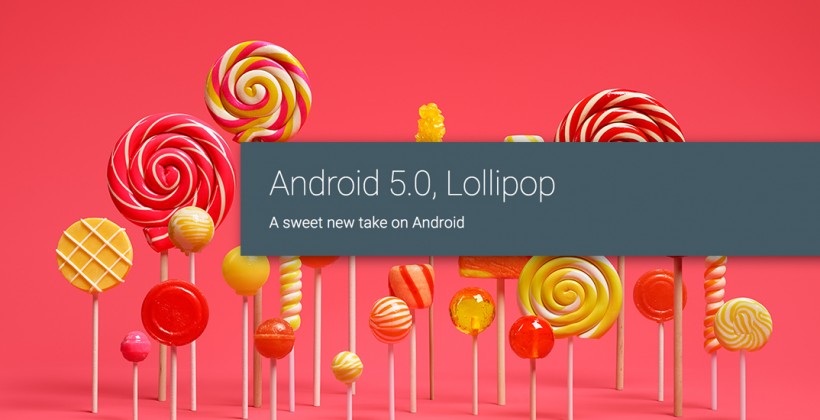Sunlight is being used to produce hydrogen fuel by Stanford scientists, to produce clean fuel for transportation and thereby tackling the world’s biggest energy challenge. For a long time it has been said that Hydrogen fuel is a good alternative to gasoline. An associate professor at Stanford University in the US Yi Cui said that millions of cars could be powered by clean hydrogen fuel if it were cheap and widely available. He said that the hydrogen cars themselves are emissions free in comparison to gasoline powered vehicles, which emit carbon dioxide. But the main problem is that for producing hydrogen fuel not only a large amount of natural gas is required but also in the process of production lot of CO2 is released into the atmosphere.

To overcome this problem, researchers paid attention on photovoltaic water splitting. This new technology which is coming up consists of a solar-powered electrode which is immersed in water.
Therefore when sunlight hits the electrode, it generates an electric current that splits the water into, hydrogen and oxygen which are its constituent parts. When exposed to oxygen conventional solar electrodes made of silicon quickly corrode. By coating the silicon with iridium and other precious metals several research teams have reduced corrosion.

Bismuth vanadate, which is an inexpensive compound that absorbs sunlight and generates modest amounts of electricity is used as a new approach by researchers. Cui said that Bismuth vanadate has been widely regarded as a promising material for photo electrochemical water splitting, in part because of its low cost and high stability against corrosion. However, the performance of this material remains well below its theoretical solar-to-hydrogen conversion efficiency. Though Bismuth vanadate absorbs light it is a poor conductor of electricity. Therefore to carry current, a solar cell made of bismuth vanadate must be sliced very thin, 200 nanometres or less, making it virtually transparent.


